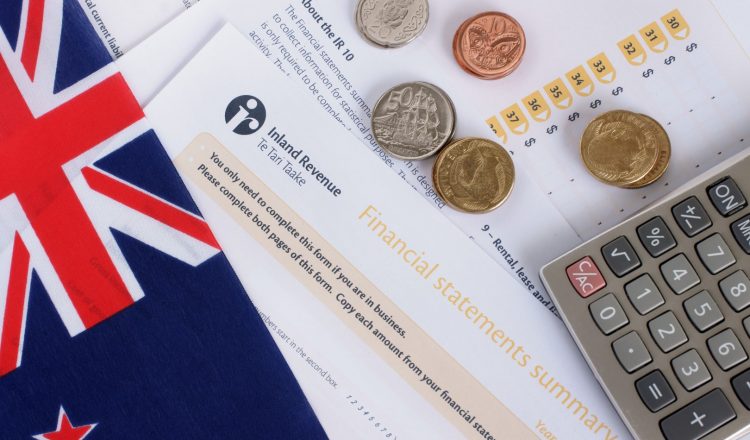부가가치세(GST)
GST(General Service Tax, 일반(상품및)서비스세, 이하 부가가치세)는 뉴질랜드에서 GST 등록자에 의해 재화와 서비스의 공급에 부과되는 부가가치세입니다. GST의 비율은 일반적으로 공급가의 15%입니다.
해당 공급업체가 만든 과세 대상 물품의 연간 가치가 12개월 내에 60,000NZD를 초과하거나 초과할 가능성이 있는 경우, 상품·서비스 공급업체는 GST에 등록해야 합니다. 또한 과세 활동을 수행하거나 특정 날짜부터 과세 활동을 수행할 의향이 있는 경우, 개인은 자발적으로 등록할 수 있습니다. 뉴질랜드에서 과세 활동을 수행하지 않는 특정 비거주자도 특정 요건을 충족할 경우 자발적 등록이 가능합니다.
재화·서비스 공급에 대해 등록된 사람이 부과하는 GST를 매출세액(Output Tax)라고 합니다. 등록인은 과세기간 동안 생산한 물량에 대해 해당 물량을 만드는 과정에서 등록자가 납부한 GST에 의해 부과되는 매입세액(Input Tax)을 줄여줍니다. 순금액은 국세청(Inland Revenue)으로 납부되거나 환급됩니다.
뉴질랜드 최종 소비자에게 제품을 공급하는 해외 공급업체는 일반적으로 뉴질랜드 GST를 등록·지급·환급해야 하며, 뉴질랜드에 대한 총 매출이 12개월 내에 NZD60,000을 초과하거나 초과할 가능성이 있는 수입 상품에 대해서는 뉴질랜드 GST에 등록·지급·환급해야 합니다. NZ$1,000 이상의 가치가 있는 수입 물품은 일반적으로 GST를 들여올 수 있습니다. 또한 “원격 서비스”(예: 디지털 서비스 및 무형 서비스)의 비거주 공급업체(예: “전자 시장” 포함)는 뉴질랜드 거주 소비자에게 제공된 총 물량이 NZ$60,000을 초과할 경우 GST에 등록해야 합니다.
가장 중요한 금융 서비스 공급인 일부 공급은 GST에서 면제됩니다.(일부 금융 서비스 공급은 0등급으로 취급됨) 또한, 특정 공급(파산 위험 기업 포함)은 0등급(GST가 0%로 감소)입니다.
토지 구성요소를 가지고 있는 두 GST 등록자 간의 거래는 특정 기준이 충족될 경우 GST 목적으로도 0등급이 요구됩니다.
면제 공급과 0등급 공급의 주요 차이점은 0등급 공급을 하는 등록자는 해당 공급을 만드는 과정에서 지급된 GST에 대해 투입세액 공제를 청구할 수 있는 반면, 면제 공급의 제조자는 그렇지 않을 수 있다는 점입니다.
GST 환급은 사업 거래 수준에 따라 1개월, 2개월 또는 6개월마다 접수해야 합니다. 디지털 서비스 및 무형 또는 저부가가치 상품의 비거주 공급업체가 GST를 등록한 경우, GST 환급은 3개월마다 신청해야 합니다.

















































